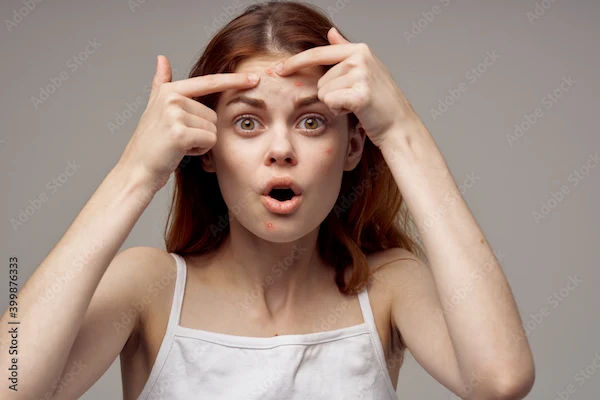- male
- 35 Years
- 22/01/2025
Question
I've been dealing with this issue for more than 17 years. It all started with one or two pimple-like bumps filled with pus on my scalp, and now they've gotten bigger and show up almost everywhere on my scalp except the bald areas. I've seen multiple doctors, and while the problem goes away with medication, it always comes back when I stop taking it. One doctor mentioned a powerful medicine that might affect my kidneys, so I stuck with the current medication, but there's still no relief. It's been this way for over a decade, and whenever the bumps appear, I use antibiotics like Gudcef CV 200 and Azithromycin, among others. I've also tried shampoos like Candid TV and Nizoral ketoconazole. I even consulted a doctor last year hoping for a permanent fix, but he seemed money-minded and kept me on repeated medication. Could you give some advice on how I might manage this condition more effectively or if theres a treatment that might help in the long run?
Answered by 1 Apollo Doctors
Your 17-year struggle with a chronic scalp condition, characterized by pus-filled bumps, is concerning. Despite consulting multiple doctors and using various medications, including antibiotics and antifungal shampoos, you've experienced only temporary relief.
Possible Underlying Conditions
- Folliculitis: An inflammation of the hair follicles, which can cause pus-filled bumps.
- Seborrheic dermatitis: A skin condition that can cause inflammation, flaking, and pus-filled bumps on the scalp.
- Psoriasis: An autoimmune condition that can cause red, scaly patches and pus-filled bumps on the scalp.
Concerns and Recommendations
- Kidney concerns: The doctor's warning about potential kidney damage from powerful medications is a concern. Monitor your kidney function regularly.
- Antibiotic resistance: Frequent use of antibiotics may lead to resistance. Explore alternative treatments to reduce antibiotic dependence.
- Comprehensive diagnosis: Seek a second opinion from a dermatologist or a specialist in scalp conditions. They may perform a thorough examination, take a detailed medical history, and potentially conduct diagnostic tests (e.g., skin scraping, biopsy) to determine the underlying cause.
- Holistic treatment approach: Consider a comprehensive treatment plan that includes:
- Topical treatments (shampoos, creams, ointments)
- Oral medications (if necessary)
- Lifestyle changes (diet, stress management, hygiene practices)
- Alternative therapies (e.g., phototherapy, acupuncture)
Permanent Recovery
To achieve permanent recovery, it's essential to:
- Identify the underlying cause: Accurate diagnosis is crucial for effective treatment.
- Develop a comprehensive treatment plan: Work with a healthcare professional to create a personalized plan.
- Make lifestyle changes: Adopt healthy habits to support your treatment plan.
- Monitor progress and adjust: Regularly follow up with your healthcare professional to assess progress and make adjustments to your treatment plan as needed.
Dr. Ibrahim Suggests...
Consult a Dermatologist
Answered 04/07/2025
0
0
More Dermatology Health Queries
View allDisclaimer: Answers on Apollo 247 are not intended to replace your doctor advice. Always seek help of a professional doctor in case of an medical emergency or ailment.

